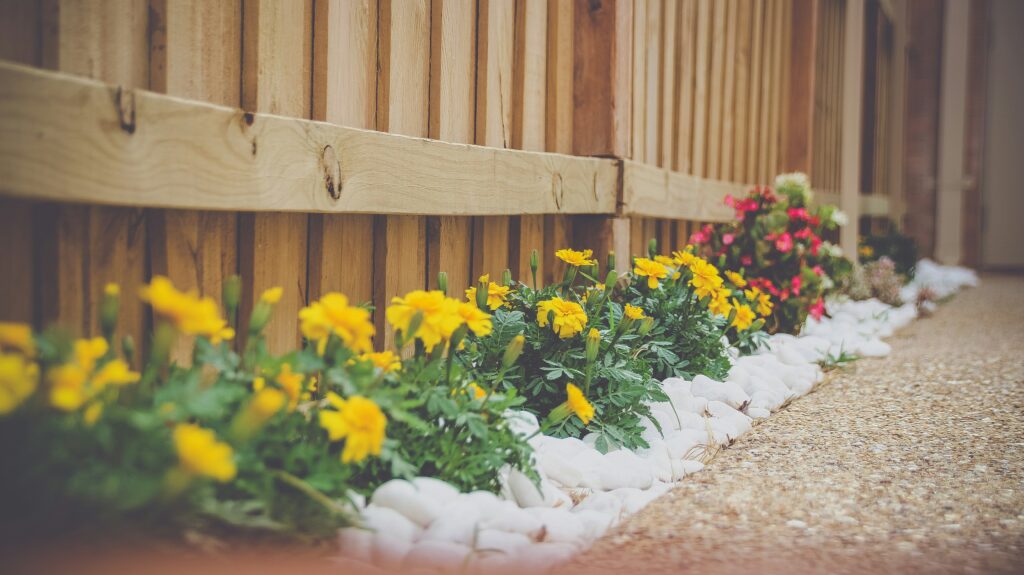Enhancing the beauty of your home’s outdoor space can be as simple as understanding and applying a few fundamental landscaping tips. No green thumb is required—just a willingness to dedicate some time to transform your yard into a bustling oasis.
1. Understanding Your Yard’s Ecosystem
Before you start digging, it’s vital to understand the natural layout of your yard. Note the sun and shade patterns throughout the day, including the areas that receive full sunlight, partial sunlight, and those in the shade. Identifying these zones will help you select plants that thrive in the specific light conditions of each area.
Another critical aspect of your yard’s ecosystem is drainage and soil quality. Pay attention to areas prone to waterlogging and those that dry out quickly. These observations will guide you in creating a landscape that will survive and flourish within your yard’s circumstances.
2. Strategic Planting for Maximum Impact
Strategic planting can significantly enhance the visual appeal of your yard. Plant taller shrubs and trees at the back of flower beds and the center of vast garden expanses to create depth and a sense of scale. Use smaller plants or those prone to spreading at the front to border beds and create natural edges.
Consider seasonal interest when choosing plants. Select a mix of species that provide bloom, greenery, and color in different seasons. This diversity ensures that your yard will be attractive year-round, offering something new to discover every season.
3. Maintaining Order with Edging and Mulch
Edging and mulch are the unsung heroes of a well-maintained yard. Edging, whether with stones, bricks, or any other material, provides a clear boundary between different sections of your yard, which looks neat and keeps your landscaping materials in place.
Mulch, laid out around your plants and over soil, serves multiple purposes. It suppresses weed growth, retains soil moisture, and protects plant roots from temperature extremes. It also unifies the look of your garden beds and offers a polished finish.
4. Harmony in Hardscaping
Hardscaping elements like pathways, patios, and decks are just as crucial as the greenery in your landscaping design. They can provide fluidity, movement, and a framework for your plants to shine.
When designing hardscaping, choose materials and layouts that complement your home’s architectural style and the theme you want to achieve in your garden. Placement is vital; for example, a walkway to your front door should be inviting, direct, and flanked with attractive plants.
5. Watering and Maintenance Routine
A consistent watering and maintenance routine is the key to a beautiful, thriving landscape. Water your plants deeply but infrequently to encourage profound root growth and to stay resilient against dry spells. Consider investing in timed sprinkler systems or soaker hoses to make this task easier.
Performing regular maintenance is especially crucial. This includes pruning, weeding, and occasional renovations of your landscaped areas. Keeping up with these tasks prevents problems from escalating and maintains the order and beauty of your yard.
Applying our five simple landscaping tips can significantly elevate the aesthetic value of your property and create an appealing outdoor living environment for you and your family. Remember, the best landscapes evolve with care and thoughtful attention over time.
For more tips like these, please read our blog.

